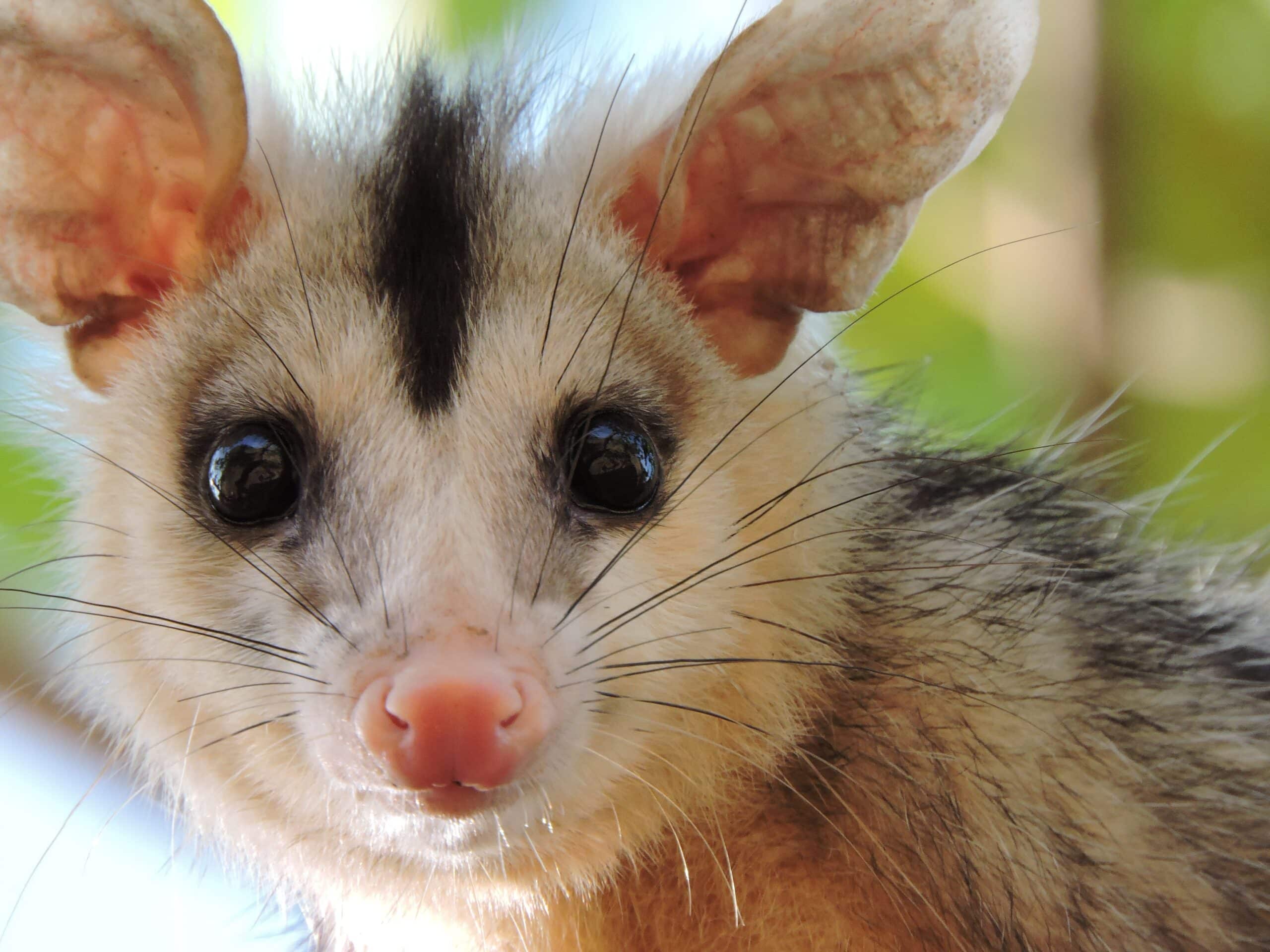
Have you ever wondered what life is like for hippopotamuses in the wild? Uncover the mysteries of these magnificent water-loving giants. From their daily routines to the unique characteristics of their species, you’ll gain a deeper understanding of these fascinating creatures. Prepare to be amazed!
Introduction to Hippopotamuses
Hippopotamuses (also often referred to as “hippos” or “hippos”) are animals that have captivated people since the dawn of time with their size and unique behavior. Found mainly in sub-Saharan Africa, these water-loving giants have powerful jaws designed to take down almost any creature that threatens them. Their life in the wild is full of risks, including drowning, predation, and competition for resources. Hippos face many pressures in today’s changing world, and their survival depends on humans taking action.
This article will provide an insight into the world of hippopotamuses and outline some key facts about them. We will discuss them following:
- Physical characteristics
- Diet
- Range
- Behavior
- Conservation status
Together, this information can help us better understand these fascinating creatures’ needs and ensure they survive on our planet for years to come.
Hippopotamuses in the Wild
Hippopotamuses are found in many African countries and are considered one of the most dangerous animals on the continent. Though they are generally considered herbivores, Hippos will attack humans and other animals if provoked. As a result, they have been hunted for their teeth, which have been known to be fashioned into jewelry or used as currency in some areas.
Because of their large size and need for water, Hippos tend to stay close to sources of fresh water, including rivers, lakes, swamps, and ponds. While rarely seen by humans outside of captivity, Hippos can be surprisingly social and active during the night hours when they come out to graze on the land. Their diet consists mainly of grasses but can also include aquatic plants. They will also eat fruit that has fallen off trees into the river or lake where they live.
In addition to grazing during the night hours, Hippos will bathe in mud baths during the day to cool off under the hot African sun; This activity helps keep them comfortable during extreme temperatures while also moderating potential predators like crocodiles. The sheer weight of a full-grown hippo can easily crush an unsuspecting croc! They are capable swimmers who stay cool through panting and excreting special oils from their skin that act as sunscreen protection from ultraviolet rays—a practice that gives them their signature “oily” look when out in public!
All these activities demonstrate how adaptive these incredible creatures can be within their environment as long as it is undisturbed by human activities or other threats from urbanization, poaching, or pollution. With proper understanding and conservation efforts, we can protect this species for generations to come so that future generations may appreciate these fascinating water-loving giants in all their glory!
Hippopotamus Behaviour
Hippopotamuses are strong, fast, and independent animals that live in groups of up to 30 individuals. These groups are led by the dominant bull and co-led by one or two cows. Though hippos generally prefer to be alone outside their group, they will often be seen interacting with other members and even socializing with other hippo groups.
The behavior of a wild hippopotamus is complex, and certain inherent traits determine how a hippo interacts with others. Hippos are territorial animals, defending their territory against conspecifics and other species. They display occasions of aggression towards intruders in their territory by showing off strength in the form of vocalizations, dueling behaviors, frequent barking, and splashing water.
Wild hippos have nocturnal tendencies, being more active at night when they search for food sources such as grasses, herbs, leaves, and aquatic plants, sometimes traveling up to 8 miles in one night. During restful times during the day, they can often be found lounging in bodies of water where they stay cool and protected from predators such as lions or crocodiles. Hippos also use these bodies of water to escape danger if needed.
Though social interactions between hippos appear to often remain peaceful amongst themselves or different group members within an area, fights can occur between an animal, which usually results from mating disputes or territorial boundaries being breached by rivaling males trying to enter established land spaces owned by another male leader – something similar to a jockey riding his horse into another’s stables!
Hippopotamus Diet
Hippopotamuses are herbivorous animals which means that they feed solely on vegetation. They have an even split between the vegetation types they consume– both aquatic and terrestrial plants. Aquatic plants, such as the Vallisneria, make up about one-quarter of their diet and includes various species of duckweed and water hyacinth. Terrestrial plants, like grasses and leaves, are eaten primarily on land or during a short morning or evening exit from water to feed. In addition, hippos will sometimes supplement their diet with small amounts of fruit or crops that they come across, though they rarely do so intentionally.
Though they rarely seem to feed while in the water during the night, they can consume up to 90 pounds of vegetation in one day. Most of this will be consumed while outside in grazing fields near the water’s edge at dawn or dusk when it is cooler. When smaller hippos are frightened by potential predators or disturbances close by, they will usually stay within the safety of their family groups for protection – eating as much grass as possible before retreating into the safety of deeper water.
Hippopotamus Habitat
Hippopotamuses are most commonly found in sub-Saharan Africa, but pockets of the species appear in other parts of the world. Many people are surprised to learn that hippos have made their way up the Nile and can be found in small pockets from the Mediterranean Sea to outer Africa. Out of all these populations, only those living in Uganda, Zambia, and Tanzania are considered self-sustaining.
The general territory shared by hippopotamuses encompasses rivers, swamps, and lakes located south of the Sahara desert in or around Ethiopia, Kenya, Nigeria, and Cameroon. These areas provide the two key resources that the giant mammals need: water for cooling off and grazing land for munching on plants. The animals tend to remain close to the water during the daylight hours to protect themselves from predators like lions and crocodiles, wading out during nightfall to seek out vegetation.
Threats to Hippopotamuses
Hippopotamuses are incredibly resilient, yet some factors put them at risk and reduce their population, with the greatest threats being habitat loss and hunting.
The presence of humans in areas where hippos live puts this boldly-colored animal on the brink of extinction. Degradation due to humans and agricultural development has caused a decrease in the number of favorable habitats where they can find water, food, and shelter necessary for survival. Exploitation by local hunters is also one of the main contributors.
Hippos are hunted for their meat, fat, and teeth, which have been used as symbols of status or power—their powerful ivory tusks bring high prices on the black market trade. Additionally, sport hunting and military conflicts, often targeting hippos due to retaliative actions taken against people in conflict, have decreased their numbers drastically over recent years. Climate change and river course changes have also drastically impacted their available habitats. As water levels recede or droughts occur, fewer food sources become available, thus leading to malnutrition or even starvation of these incredible creatures.
Conservation Efforts
Conservation efforts to protect hippopotamuses in the wild have largely centered around reducing local human/hippo conflicts, and areas with significant populations of hippos are often afforded significant conservation protection. As a result of their large size and, perhaps more admirably, their peaceful nature, law enforcement personnel and scientific volunteers have become increasingly aware of the need to fight to protect this species’ natural habitat.
Today, several African nations have government-regulated laws protecting the hippo population. These countries include Kenya, Zimbabwe, Botswana, Uganda, Congo (Kinshasa), and Zambia. They offer draconian penalties for anyone killing or illegally transporting these creatures beyond their geographical boundaries. Multiple conservation organizations also undertake research and awareness programs as part of their ongoing attempts to create a safe environment for these animals to thrive in the wild.
The International Union for Conservation of Nature (IUCN) has also been involved in numerous initiatives across Africa, including habitat protection projects, population monitoring projects, and reintroduction schemes. The main focus is reducing human/hippo conflicts and offering tangible welfare benefits such as improved water resources for villagers living near wildlife reserves inhabited by hippopotamuses. Last but not least – tourism initiatives that generate funds directly from eco-travelers looking to get up close with these majestic gentle giants also go a long way to help secure vital funds necessary to preserve this wondrous species in its natural environment.
Conclusion
In conclusion, it is abundantly clear that hippopotamuses are magnificent animals who are deserving of the respect and care of the global community. These creatures gracefully navigate between land and water, maintaining their balance between mud and rivers. They live in herds and have complex social bonds within their group. Hippopotamuses are incredible animals in terms of their physical characteristics and behaviors in the wild.
We have learned much about our understanding of these vibrant animals, but there is still more left to learn. We must join hands to increase awareness about these magnificent giants so that nothing dares to harm them. We must ensure we are doing our utmost as stewards of nature’s most amazing creatures for future generations to enjoy for many years.
Frequently Asked Questions
Q1. Where can I find wild hippopotamuses?
A1. Wild hippopotamuses are found in sub-Saharan Africa, primarily in the central and southern regions of the continent.
Q2. What kind of environment do hippopotamuses prefer?
A2. Hippopotamuses prefer shallow, slow-moving rivers, lakes, and swamps.
Q3. Are hippopotamuses endangered?
A3. While hippopotamuses are not currently classified as endangered, their population numbers have declined recently due to habitat destruction and hunting.





